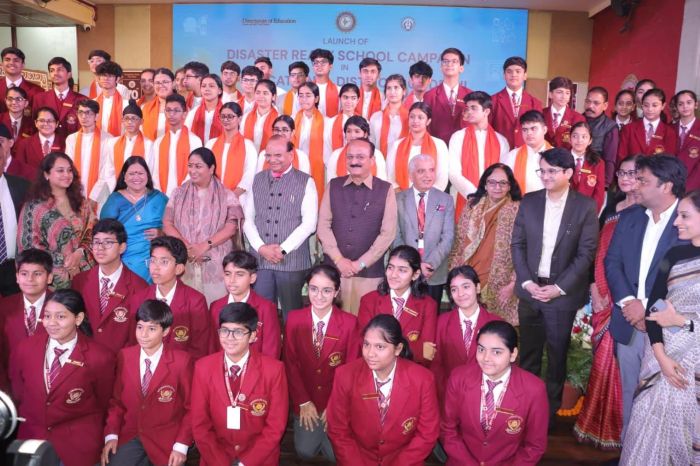
By Priyal Bhardwaj
Her legacy—visible in India’s temples, textiles, and tales of just governance—continues to inspire. She remains a beacon of timeless wisdom and courage in the annals of Indian history. This week is being celebrated as her 300th birth anniversary and we remember her not only as a historical figure but also as a symbol of what ethical leadership and inclusive governance can achieve
Rani Ahilyabai Holkar, a legendary queen and revered figure in Indian history, ruled the Malwa kingdom from 1767 until her death in 1795. Her exemplary leadership, humanitarian vision, and profound contributions to governance, culture, religion, and the economy. The lore of Ahilyabai remains one of the most fascinating stories of India in the early modern period.
Born into a humble family in a small village and married in a powerful ruling family, her rise to power is a testament to her determination, intelligence, and perseverance. Following the untimely death of her husband, she was mentored by her father-in-law, Malhar Rao Holkar, who taught her the intricacies of statecraft and warfare. Upon his death and the premature demise of her son, Ahilyabai assumed the reins of the kingdom—defying the patriarchal norms of her time.
She not only defended her dominion against external threats but also personally led armies into battle. As a ruler, Ahilyabai was known for her wise, compassionate, and efficient governance. Her administration was marked by fair taxation, a robust justice system, and a deep commitment to accessibility—she regularly held public audiences to hear and address her subjects’ grievances.
A Reign of Peace and Progress
Under Ahilyabai’s rule, Malwa experienced an era of peace, prosperity, and social welfare. Her rule was not just admired but venerated; she was often regarded not just as a queen but as a mother figure to her people.
Two of her most enduring contributions—religious patronage and textile innovation—have had long-lasting economic and cultural impacts that are still felt nearly 250 years later.
A Patron of Faith and Architecture
Rani Ahilyabai Holkar is remembered for her extensive patronage of temples, ghats, and dharamshalas across India. Her charitable efforts were not confined to her kingdom; she funded and rebuilt sacred structures far beyond Malwa’s borders.
Most notably, she reconstructed the Kashi Vishwanath Temple in Varanasi in 1780, over a century after it was destroyed on the orders of Mughal Emperor Aurangzeb. She also restored the Somnath Temple in Gujarat and supported temple renovations in Kedarnath, Udupi, Srisailam, and Gaya. These restorations not only revived India’s sacred heritage but also catalyzed economic activity in temple towns and promoted religious tourism.
Maheshwar: A Cultural and Industrial Renaissance
Ahilyabai relocated the capital of Malwa to Maheshwar, an ancient town steeped in mythological significance. Under her patronage, Maheshwar became a thriving center of literature, music, art, and crafts. She provided employment to artisans, sculptors, and weavers—helping lay the foundation of a sustainable local economy.
She is credited with establishing the Maheshwar textile industry, which birthed the iconic Maheshwari sarees. Legend holds that Ahilyabai herself designed the first saree, reflecting her deep involvement in the industry’s growth.
Maheshwari Sarees: A Living Heritage
Maheshwari handloom sarees are celebrated for their fine weaving, intricate motifs, and timeless elegance. Lightweight and breathable, these sarees are woven from cotton, silk, or a blend of both, often using natural dyes. A hallmark feature is their reversible border, a rare and exquisite weaving technique.
Traditional Maheshwari patterns include checks, stripes, floral vines, and temple-inspired motifs. The colour palette is typically refined—featuring combinations like pale gold with deep maroon, black with red, or pastel shades with silver—conveying understated luxury.
The Garbh Reshmi sarees, woven from high-quality silk derived from a special breed of silkworms, were once considered a status symbol and remain a testament to the rich textile legacy of the Holkar dynasty. The Maheshwari saree has also earned a Geographical Indication (GI) tag, which protects its unique regional identity and traditional craftsmanship.
Ahilyabai’s textile initiatives exemplified effective policy and inclusive development. She brought skilled artisans from across the country, initiated local skilling programs, and created entrepreneurial opportunities that transformed Maheshwar into a well-established textile hub.








